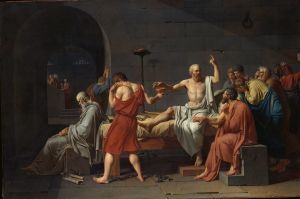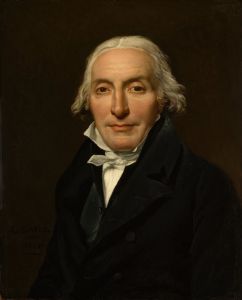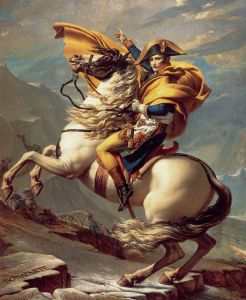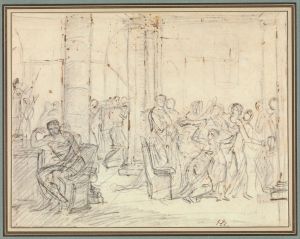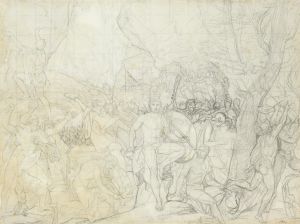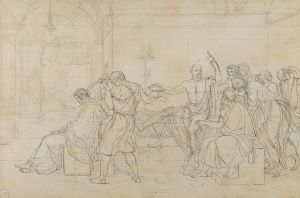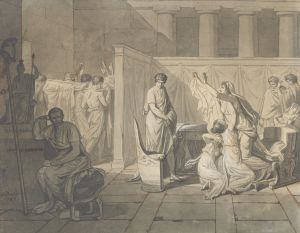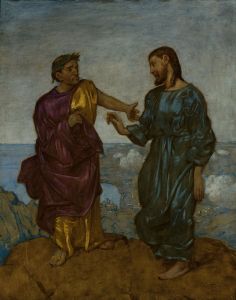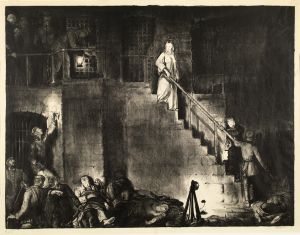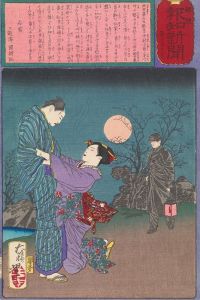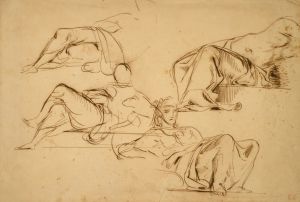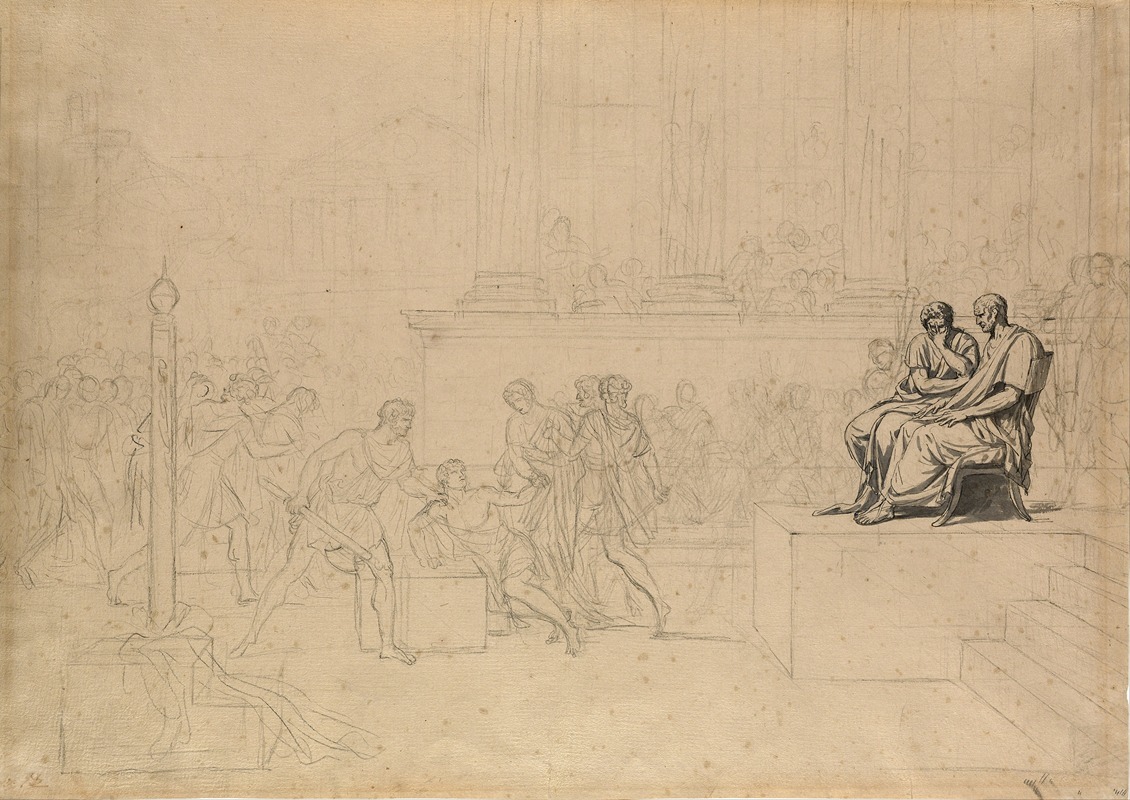
Study for the Execution of the Sons of Brutus
A hand-painted replica of Jacques Louis David’s masterpiece Study for the Execution of the Sons of Brutus, meticulously crafted by professional artists to capture the true essence of the original. Each piece is created with museum-quality canvas and rare mineral pigments, carefully painted by experienced artists with delicate brushstrokes and rich, layered colors to perfectly recreate the texture of the original artwork. Unlike machine-printed reproductions, this hand-painted version brings the painting to life, infused with the artist’s emotions and skill in every stroke. Whether for personal collection or home decoration, it instantly elevates the artistic atmosphere of any space.
"Study for the Execution of the Sons of Brutus" is a preparatory work by the renowned French Neoclassical painter Jacques-Louis David. This study is associated with David's larger body of work that often explored themes of civic virtue, sacrifice, and the moral dilemmas faced by individuals in positions of power. Jacques-Louis David, born in 1748, was a central figure in the Neoclassical movement, which sought to revive the artistic principles of classical antiquity. His works are characterized by their clarity of form, sober colors, and strong emphasis on moral and civic themes.
The study is related to the historical narrative of Lucius Junius Brutus, a legendary figure in Roman history credited with founding the Roman Republic and serving as one of its first consuls. According to Roman tradition, Brutus was faced with a profound personal and political crisis when his sons were implicated in a conspiracy to restore the monarchy. In a demonstration of his commitment to the Republic and its laws, Brutus ordered the execution of his own sons, prioritizing the state over familial bonds.
David's interest in this subject reflects his engagement with themes of stoicism and the tension between personal loyalty and public duty. These themes were particularly resonant during the period of the French Revolution, when David was active as both an artist and a political figure. His works from this time often served as visual commentaries on the revolutionary ideals of liberty, equality, and fraternity.
The study itself would have been a preliminary step in David's artistic process, allowing him to explore composition, form, and emotional expression before committing to a final version. Such studies were common practice for David, who was meticulous in his preparation and often produced numerous sketches and studies before completing a major work. Unfortunately, there is limited information about the specific details of this study, such as its dimensions, medium, or current location, as it may not have survived or been as extensively documented as some of his completed paintings.
David's exploration of the Brutus theme culminated in his famous painting "The Lictors Bring to Brutus the Bodies of His Sons," completed in 1789. This painting captures the moment after the execution, focusing on the emotional aftermath and the stoic resolve of Brutus. It was exhibited at the Paris Salon in 1789 and was met with considerable acclaim, reinforcing David's reputation as a leading artist of his time.
Through works like the "Study for the Execution of the Sons of Brutus," David not only contributed to the Neoclassical movement but also engaged with the political and philosophical discourses of his era. His art remains a testament to the complex interplay between personal conviction and public duty, themes that continue to resonate in discussions of leadership and morality.





